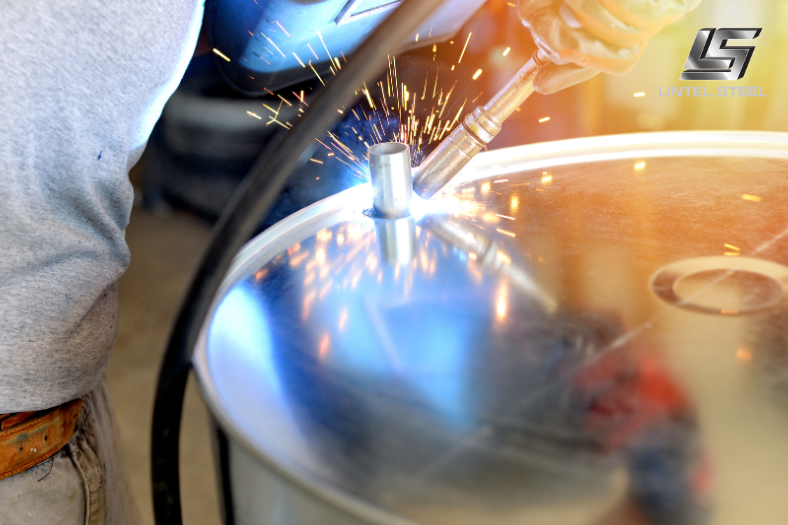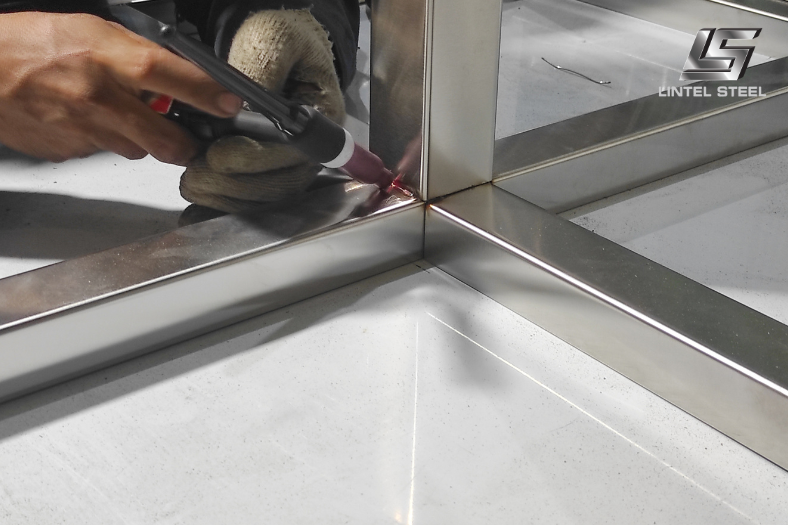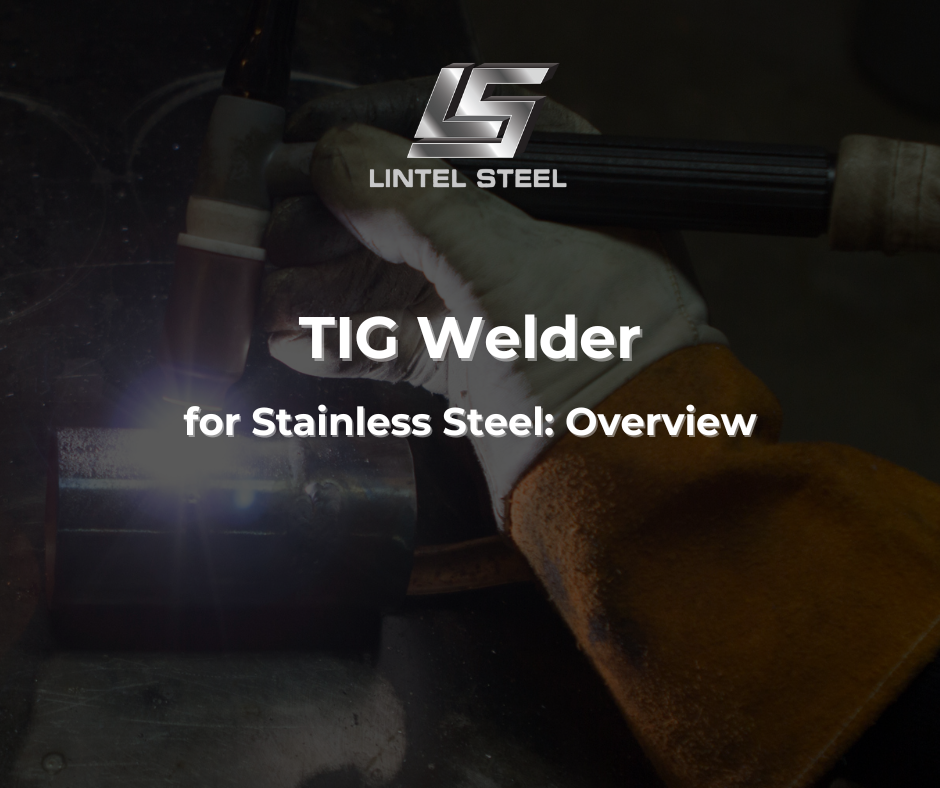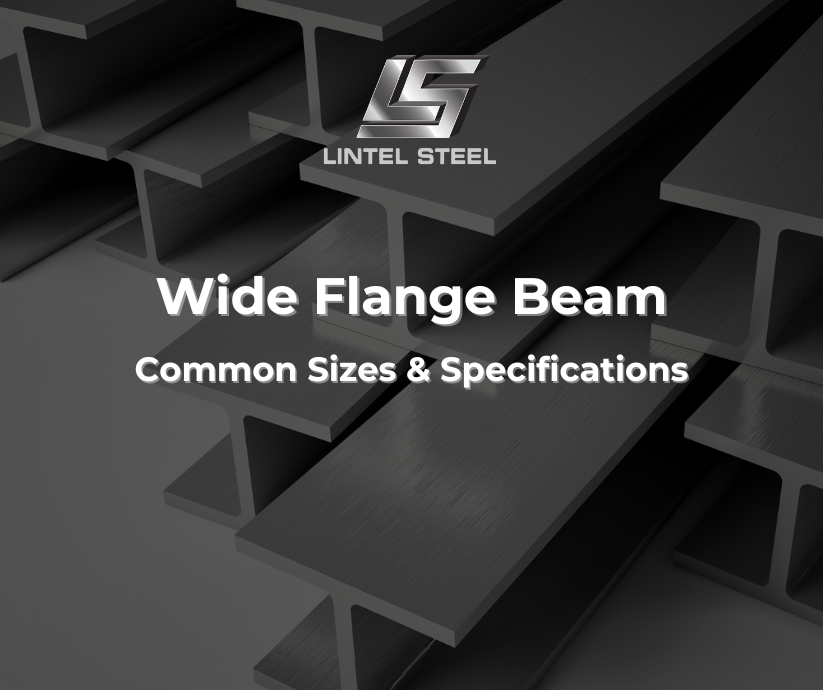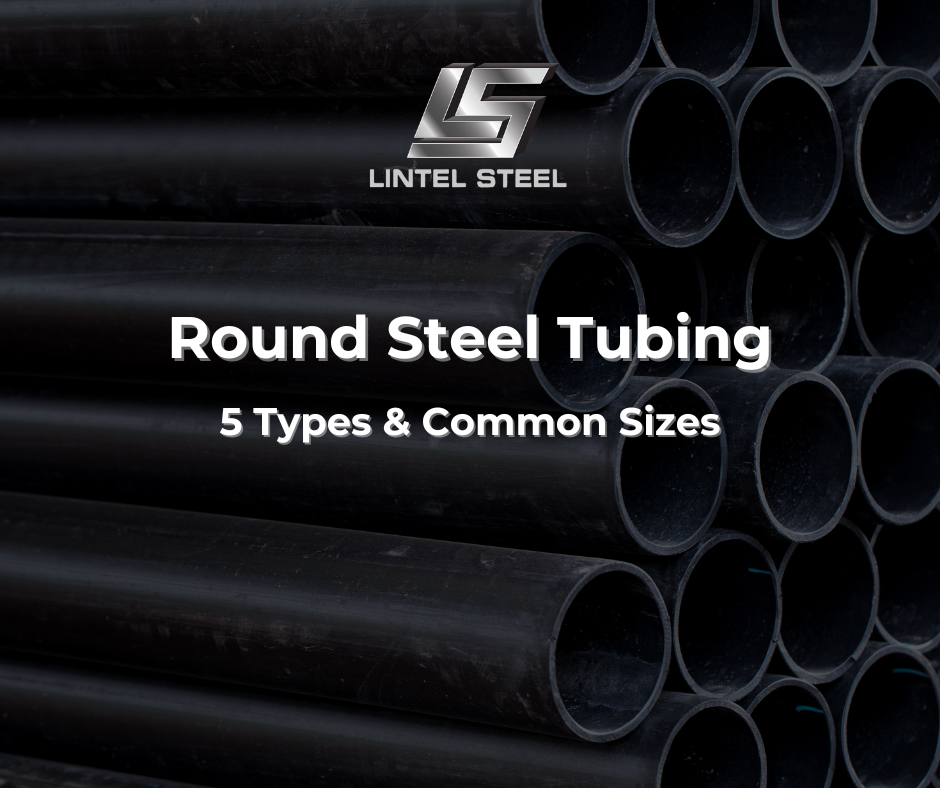MIG Stainless: 10 Tips for High-Quality Welds
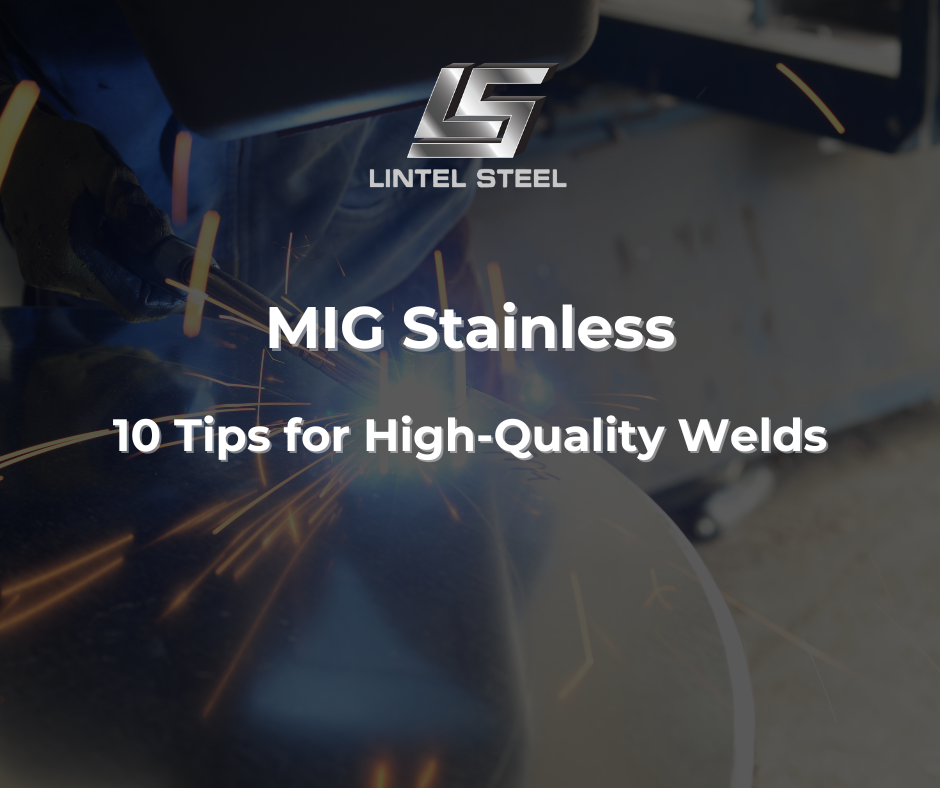
Stainless steel is one of the most widely used materials in modern fabrication — known for its strength, durability, and exceptional resistance to corrosion. However, welding stainless steel can be challenging due to its low thermal conductivity and tendency to warp or discolor under heat. That’s where MIG stainless welding comes in — offering a fast, efficient, and reliable way to produce high-quality welds without compromising the metal’s integrity.
MIG stainless welding, short for Metal Inert Gas stainless welding, is a process that uses a continuously fed wire electrode and shielding gas to fuse stainless steel components together. It’s widely used in construction, automotive manufacturing, food processing, and architectural fabrication thanks to its balance between speed, consistency, and clean results.
Unlike TIG welding, which prioritizes precision and aesthetics, MIG stainless focuses on productivity and strength — making it the go-to method for larger projects and thicker materials. When performed correctly, it delivers smooth, uniform welds that retain stainless steel’s corrosion resistance and polished appearance.
In this article, we’ll explore how MIG stainless welding works, its advantages, common applications, best practices for clean welds, and why it has become a cornerstone technique for both industrial and custom fabrication projects.
What Is MIG Stainless Welding?
MIG stainless welding refers to the process of joining stainless steel using the Metal Inert Gas (MIG) method, also known as Gas Metal Arc Welding (GMAW). This technique uses a continuously fed wire electrode and shielding gas to create strong, clean welds quickly and efficiently.
Compared to TIG welding, which focuses on precision and appearance, MIG stainless is faster and more suitable for large-scale or structural fabrication. It’s widely used in industries such as construction, manufacturing, automotive, and marine engineering — anywhere durability and corrosion resistance are essential.
How MIG Stainless Welding Works
In MIG stainless welding, an electric arc is formed between the wire electrode and the stainless steel base metal. The arc melts both the electrode and the workpiece, allowing them to fuse into a single, solid joint once cooled.
The process is shielded by an inert or semi-inert gas mixture — commonly argon, helium, or carbon dioxide — which prevents oxidation and contamination during welding. The result is a smooth, clean weld with minimal spatter and strong mechanical properties.
A MIG stainless welder typically adjusts three main variables to ensure a perfect weld:
- Voltage: Controls the arc length and penetration depth.
- Wire feed speed: Determines how quickly filler material is supplied to the weld pool.
- Shielding gas composition: Affects arc stability, bead appearance, and corrosion resistance.
Advantages of MIG Stainless Welding
MIG stainless welding is favored for its versatility and speed. Some of its key advantages include:
- High productivity: Continuous wire feeding allows faster welding than TIG or stick methods.
- Ease of use: With proper settings, MIG welding is beginner-friendly and adaptable to various thicknesses.
- Strong, reliable welds: Produces durable joints ideal for load-bearing or structural applications.
- Clean finish: Minimal spatter and oxidation when using the right shielding gas and technique.
- All-position capability: Can be used in flat, horizontal, vertical, or overhead positions with proper setup.
- Reduced post-weld cleanup: The process creates cleaner welds, saving time on grinding and polishing.
Because of these benefits, MIG stainless welding is often the preferred method for projects that need speed, consistency, and long-lasting performance.
Choosing the Right Wire and Gas for MIG Stainless Welding
The success of MIG stainless welding heavily depends on selecting the right consumables and gases. Common wire choices include:
- ER308L: For welding 304 stainless steel and other austenitic grades.
- ER309L: For joining stainless to mild or carbon steel.
- ER316L: For marine or chemical environments where higher corrosion resistance is needed.
For shielding gas, the most common mixtures are:
- 98% Argon + 2% Oxygen: Offers excellent arc stability and weld appearance.
- 90% Helium + 7.5% Argon + 2.5% CO₂: Ideal for deeper penetration and faster travel speeds.
- 100% Argon: Used for very thin stainless steel to maintain clean surface finish.
Using the correct combination helps maintain the stainless steel’s chromium oxide layer, which is essential for corrosion protection.
Applications of MIG Stainless Welding
MIG stainless is widely used across industries due to its strength and corrosion resistance. Common applications include:
- Fabrication of stainless steel frames, brackets, and supports.
- Architectural structures such as handrails, balustrades, and facades.
- Automotive and transport components requiring durable joints.
- Food-grade and pharmaceutical equipment where hygiene and smooth finishes matter.
- Marine and offshore structures exposed to moisture and saltwater.
Tips for High-Quality MIG Stainless Welds
Producing clean, durable, and corrosion-resistant welds on stainless steel requires both technique and preparation. Even though MIG stainless welding is considered more forgiving than TIG, achieving consistently high-quality results depends on strict attention to detail before, during, and after welding.
Below are essential practices followed by professional MIG stainless welders to ensure the best possible finish and performance:
1. Clean the Metal Thoroughly Before Welding
Contaminants such as oil, dirt, grease, and even fingerprints can lead to poor fusion, porosity, or discoloration in the finished weld. Before starting, the stainless steel surface should be cleaned using acetone or a dedicated stainless cleaner. Any oxide layer or rust should be removed mechanically using non-abrasive methods.
2. Use Stainless-Only Tools and Brushes
Cross-contamination is one of the biggest threats to stainless steel. Tools previously used on carbon steel can transfer tiny particles that lead to rust later on. To prevent this, MIG stainless welders always keep a separate set of brushes, grinders, and clamps exclusively for stainless work.
3. Maintain a Consistent Travel Speed and Torch Angle
Uniformity is key in MIG stainless welding. Moving the torch too slowly can lead to overheating and discoloration, while moving too fast can cause undercutting or weak penetration. The ideal torch angle is typically between 10°–15°, ensuring an even, controlled bead profile.
4. Control Heat Input Carefully
Stainless steel has a relatively low thermal conductivity compared to carbon steel, meaning it retains heat longer. Excessive heat input can cause warping, distortion, or chromium carbide precipitation — a reaction that reduces corrosion resistance. Skilled MIG stainless welders use pulse settings or intermittent welding techniques to minimize heat buildup while maintaining proper fusion.
5. Select the Correct Shielding Gas Mixture
The choice of gas affects the weld’s stability, appearance, and corrosion performance. Argon-rich mixtures (such as 98% Argon and 2% Oxygen) provide a smooth arc and clean finish, while tri-mix gases (Helium, Argon, and CO₂) are used for deeper penetration and faster travel speeds. Selecting the right gas ensures that the MIG stainless weld maintains its protective chromium oxide surface layer.
6. Use the Right Filler Wire and Settings
Different grades of stainless steel require matching filler materials to preserve corrosion resistance and strength. For example, ER308L wire is commonly used for 304 stainless, while ER316L is better for marine or chemical applications. Proper voltage, amperage, and wire feed settings should also be tuned to avoid excessive spatter or poor fusion.
7. Monitor for Distortion and Alignment
During welding, heat expansion can cause the workpiece to distort or shift. Experienced MIG stainless welders use clamping jigs, tack welds, and balanced welding sequences to control movement. Alternating sides or stitching in short sections helps distribute heat more evenly.
8. Perform Post-Weld Cleaning and Passivation
Once the weld is complete, cleaning is crucial to restore the stainless steel’s corrosion resistance. This may involve brushing away slag, grinding for appearance, and applying a passivation treatment using nitric or citric acid to rebuild the protective chromium oxide layer. Neglecting this step can lead to localized corrosion even on high-quality welds.
9. Inspect and Test the Welds
Visual inspection should confirm that the weld bead is uniform, free from cracks, porosity, or undercut. For critical applications, additional testing such as dye penetrant inspection, X-ray, or ultrasonic testing may be performed to verify internal integrity. This ensures that the MIG stainless joints meet both aesthetic and structural standards.
10. Store and Handle Stainless Components Properly
After welding, stainless steel components should be stored in dry, clean conditions to prevent contamination or moisture buildup. Covering them with plastic sheets or wrapping helps preserve the freshly welded surfaces from airborne particles and humidity.
Why Choose MIG Stainless for Your Next Project
If your project requires strong, fast, and corrosion-resistant joints, MIG stainless welding is one of the most efficient methods available. It combines the speed of MIG with the durability of stainless steel, making it ideal for both industrial fabrication and custom manufacturing.
Whether you’re building structural frameworks, assembling machinery, or fabricating decorative stainless components, MIG stainless welding delivers the perfect balance between productivity, precision, and performance.
You can find out more about us at our Fanpage Lintel Steel.

